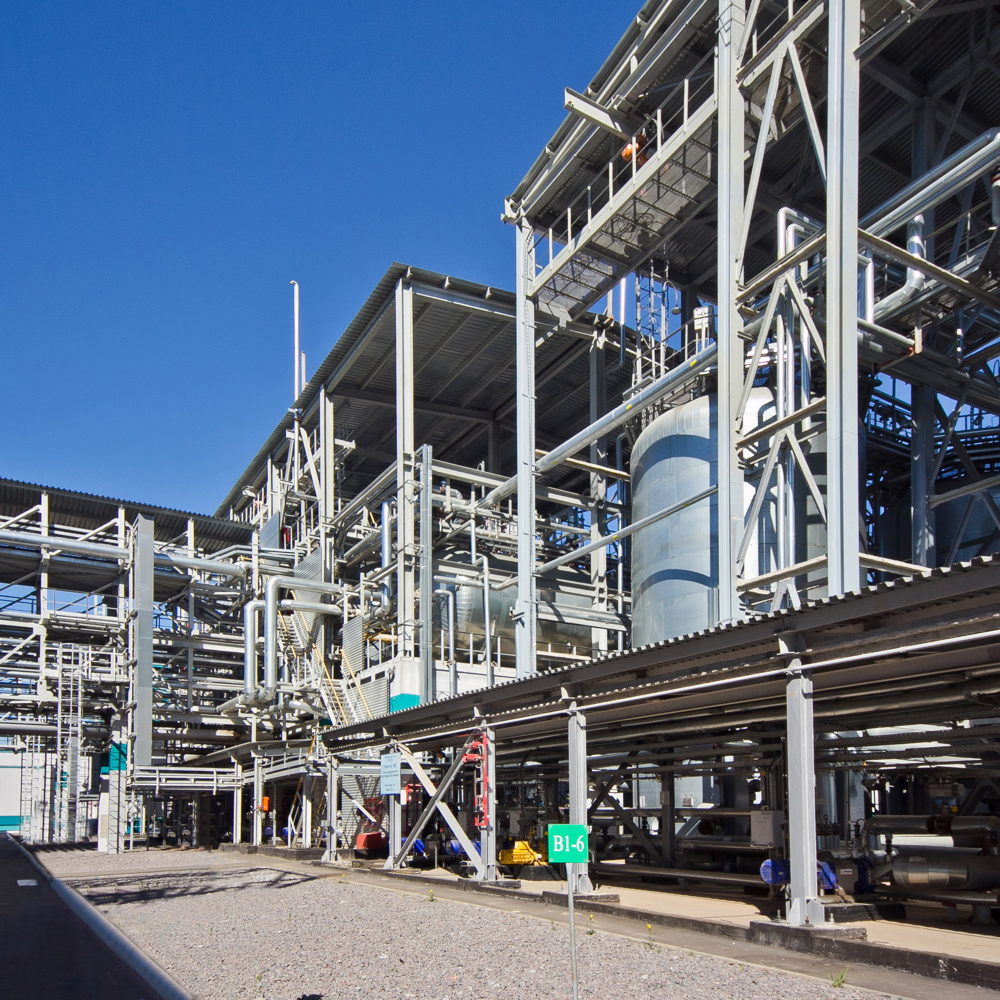Automating 80 Years of Success
Prompted by a rapid boom in the building and construction market, this 84-year-old maker of construction adhesives needed to modernize its heavily manual manufacturing operations and transition to a state-of-the-art facility with automated solutions that enable a streamlined manufacturing processes. Doing so required a partner with expertise in both modern control systems and batch process manufacturing.


The Problem
The longevity of this adhesives manufacturer was driven by the extensive experience of its plant workers, but manual operations were causing approximately 90% of batches mixed in this facility to require re-work. Experienced staff needed to test and tweak each mix until batches of product met specifications. Although this process had worked in the past, the time required and challenges of an aging workforce and inadequate documentation made sustaining this level of hands-on quality control impossible.
With the added stress of demand for new products, the manual operations model proved unsustainable for growth. Additionally, an aging control system infrastructure and an APACS system slated to be obsolete in 2019 were a tangible risk.
To deal with these issues, the company needed a full- scale modernization across its entire facility that would replace existing processes with automated systems, and be designed to provide consistent quality and process certainty. Putting a solution of this scale in place would require a partner with strategic vision and deep industry experience.

Our Role
Based on their long-standing relationship and Platinum System Integrator status, Rockwell Automation approached RoviSys to fill the role of solution architect and systems integrator. For this effort to succeed, both the manufacturer and Rockwell understood a need for a partner with thorough control system modernization experience and knowledge of the manufacturing processes that would be impacted.
RoviSys developed architecture, timeline, and a detailed proposal for the multi-phase project, with a lead project engineer who combined chemical engineering expertise with control process understanding. Leveraging dynamic knowledge of the actual chemistry, while being able to engage the process team provided a unique bridge between theory and actual process. Operators contained a wealth of data that would prove vital while setting new practices and procedures for the extended digital efforts. Asking the right questions and pulling out tribal knowledge enabled RoviSys to make recommendations for process improvements - not simply apply automation to the existing process.
In the first six months running with the updated processes, the plant didn’t have to rework a single batch—a 100% improvement.

The Solution
The core process for this solution took a two-phased approach.
Initially, a migration of the plant’s legacy reactors to a modern, reliable control system. This was a critical part of the solution, because these reactors were the “bread and butter” of production. The solution included the implementation of a supervisory/server based batch
system that drove standardization and repeatable execution of batches, and included a visualization layer that allowed operators to see time, temperature and pressure. This information empowered operators to monitor and respond to abnormal conditions. One of the key KPI’s was the rate at which ingredients were fed into the reactor. This had a significant impact on the quality and consistency of the product.
The second phase introduced automation to these manual processes. Working closely with the manufacturer, RoviSys engineers created a specification document based off the overall process narrative, capturing all of the tribal knowledge and expertise into a repeatable algorithm for success. This insight was then translated into control system specification documentation and automation plan that would provide a clear roadmap.

The Result
Beginning with a process that demanded 90% rework, any improvement would be seen as a success. But no one was prepared for this: in the first six months running with the updated processes, the plant didn't have to rework a single batch—a 100% improvement. This directly led to a significant increase in throughput and a decrease in waste throughout the manufacturing process.
The new system has become part of the culture of the organization. The access to batch record data and process analysis provided by the modern system allowed the production staff to proactively analyze results and find room for future improvements. This shifted the largely reactive culture of the plant into one of continuous improvement that set the company up for years of growth.
The real validation, however, has come from the top. Initially, the CEO of this company was not an advocate of automation. Once the quality improvements and positive impact on workforce culture this project were apparent though, he has become an automation evangelist. Funding has now been allocated for upcoming digitalization efforts, and a capital improvement plan that will allow this manufacturer to further realize value.